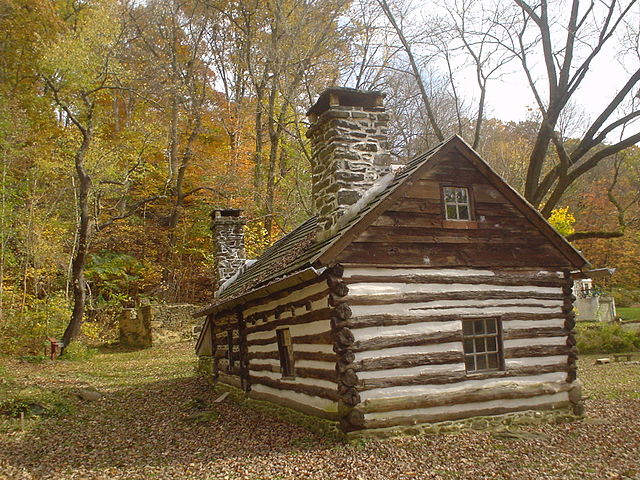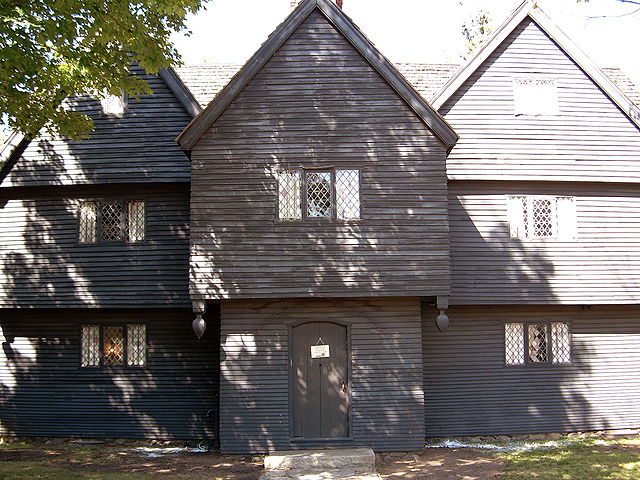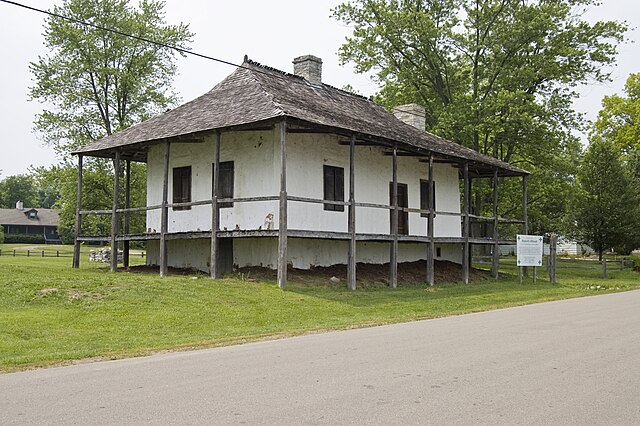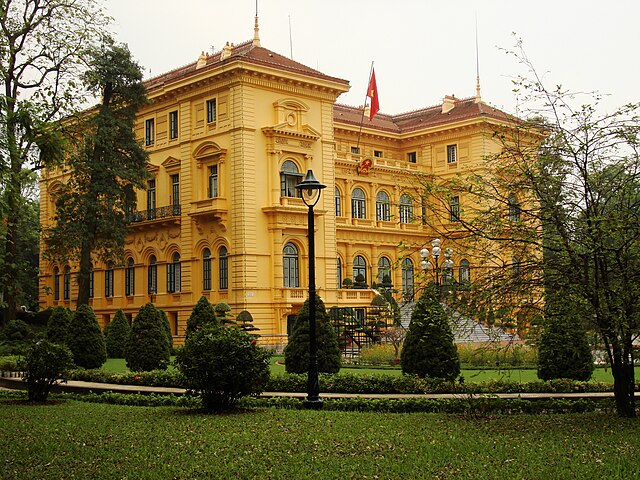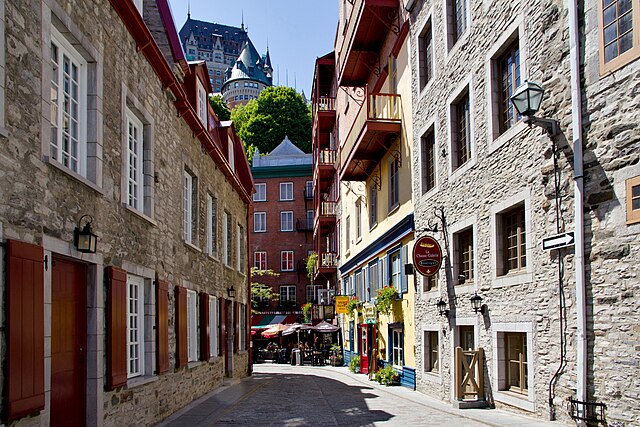American colonial architecture
American colonial architecture includes several building design styles associated with the colonial period of the United States, including First Period English (late-medieval), Spanish Colonial, French Colonial, Dutch Colonial, and Georgian. These styles are associated with the houses, churches and government buildings of the period from about 1600 through the 19th century.
Lower Swedish Cabin, Drexel Hill, Upper Darby Township, Pennsylvania, built ca. 1740–1750, may be one of the oldest log cabins in the United States.
Corwin House, Salem, Massachusetts, built ca. 1670, First Period English
Bequette–Ribault House in Ste. Geneviève, Missouri, built 1778, French colonial
Gonzalez–Alvarez House, St. Augustine, Florida, built 1723, Spanish colonial
French colonial architecture
French colonial architecture includes several styles of architecture used by the French during colonization. Many former French colonies, especially those in Southeast Asia, have previously been reluctant to promote their colonial architecture as an asset for tourism; however, in recent times, the new generation of local authorities has somewhat "embraced" the architecture and has begun to advertise it. French Colonial architecture has a long history, beginning in North America in 1604 and being most active in the Western Hemisphere until the 19th century, when the French turned their attention more to Africa, Asia, and the Pacific.
The Presidential Palace of Vietnam, in Hanoi, was built between 1900 and 1906 to host the French Governor-General of Indochina.
Quebec City presents probably the finest example of urban colonial architecture in North America
Old Quebec (City) was listed as a UNESCO Heritage Site in 1985
The manoir Boucher-De Niverville, located in Trois-Rivières, in Quebec province was built in the mid-17th century

